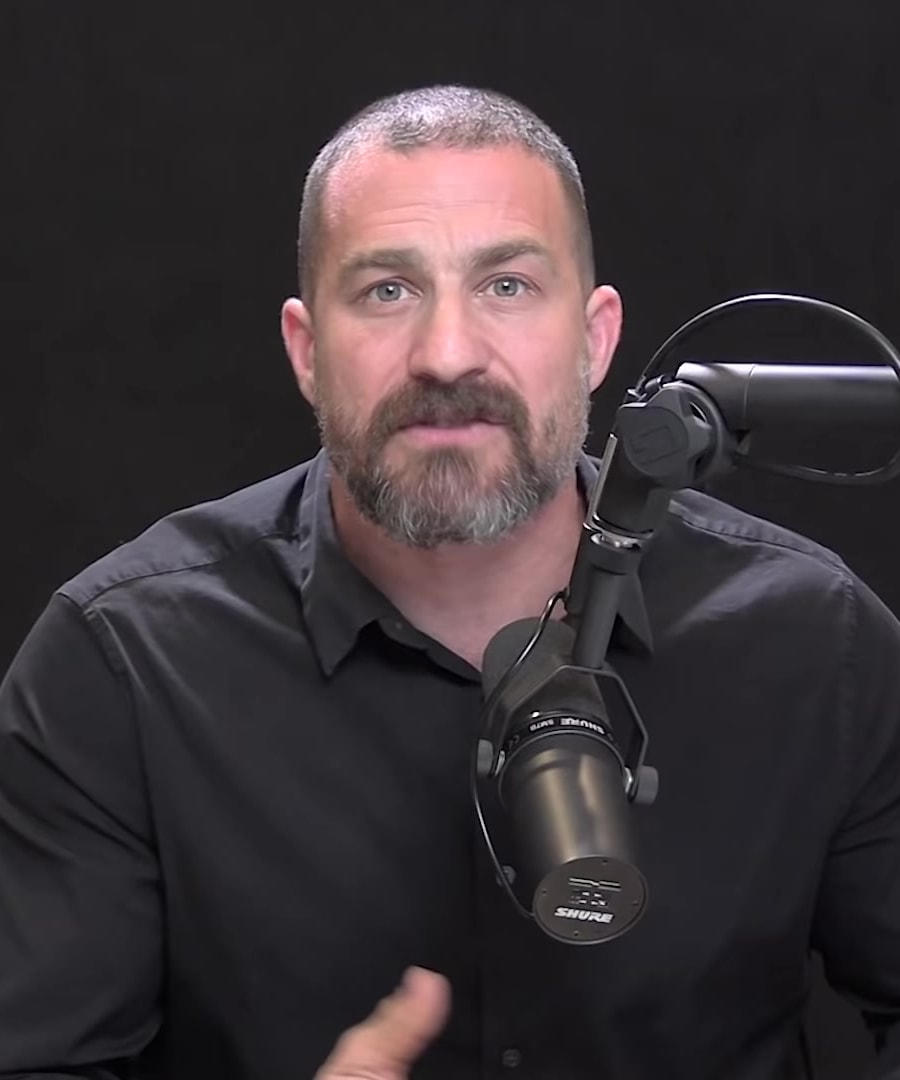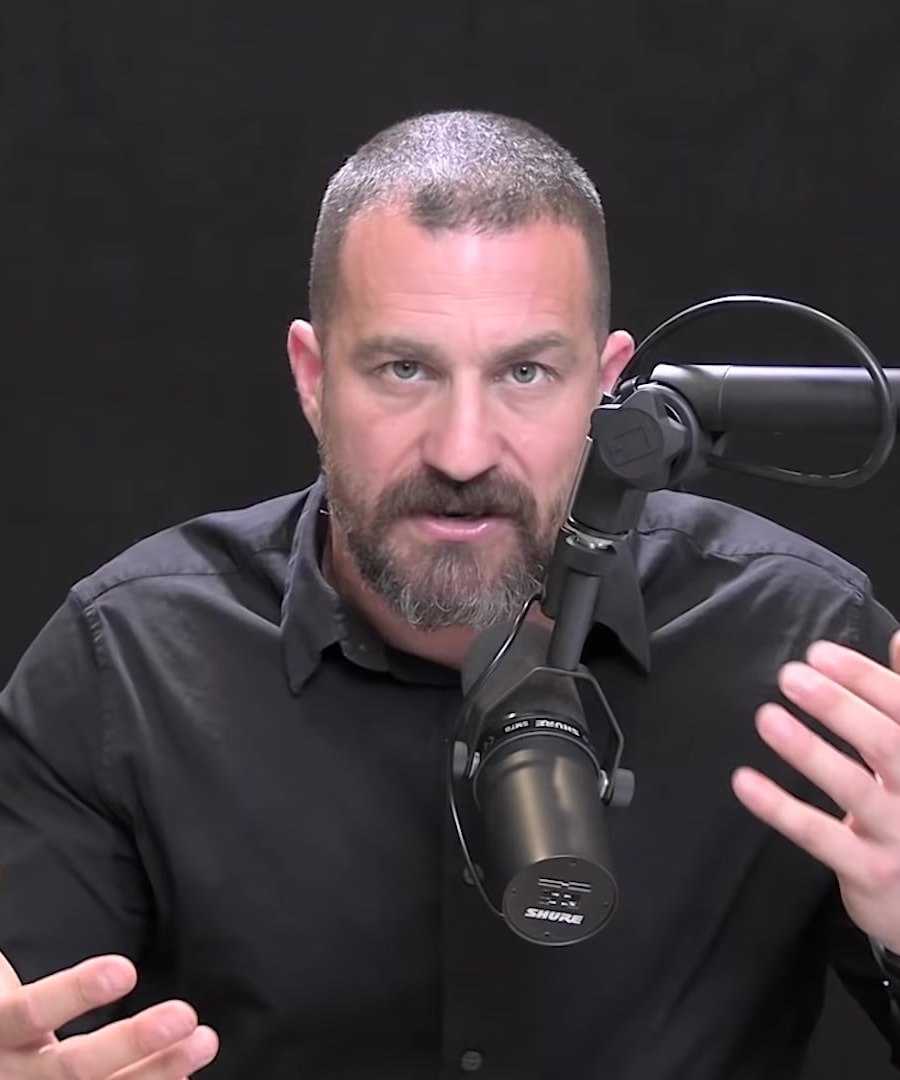How can one reduce limbic friction?
Sources:
To reduce limbic friction and improve the chances of forming new habits or engaging in desired behaviors, suggests several strategies:
-
Procedural Memory Visualization: Before attempting to form a new habit, visualize in detail each step required to perform the habit. This prepares the brain to overcome limbic friction by engaging procedural memory, increasing the likelihood of executing the habit regularly 1.
-
Task-Bracketing in the Morning: Utilize the morning hours, when the brain's neurochemistry is more action- and focus-oriented, to tackle activities with high limbic friction. This takes advantage of the natural elevation in norepinephrine and dopamine after waking, making it easier to override limbic friction and perform difficult tasks 2.
-
Evaluate Habit Strength: Understand your habit's strength, which is a combination of how context-dependent it is and how much conscious effort (limbic friction) is needed to perform it 3.
-
Implemented Tools for Phase Three (Sleep): Ensure deep sleep and proper rest through the use of tools like NSDR (non-sleep deep rest), to consolidate habits formed during the day 4.
-
Neurochemical Associations: Align habits with specific phases of the day when relevant neurochemicals like dopamine and serotonin are at optimal levels for habit execution and consolidation 5.
-
Manage Autonomic Arousal: Use techniques like physiological sighs (double inhale through the nose followed by an exhale through the mouth) or panoramic vision to adjust your level of arousal and manage limbic friction whether you're too anxious or too tired 6.
-
Leverage Pain to Combat Procrastination: To overcome a state of lack of motivation (a type of limbic friction), engage in a brief activity that is intensely uncomfortable (like cold exposure) but safe. This can steepen the slope of the motivation trough, resulting in a faster rebound to baseline levels of dopamine and increased motivation to perform the desired task 7.
By applying these methods, individuals can effectively lower the barrier of limbic friction, facilitating the formation of new habits and the execution of challenging tasks.
RELATED QUESTIONS-
How can one reduce limbic friction?
- RELATED QUESTIONS






